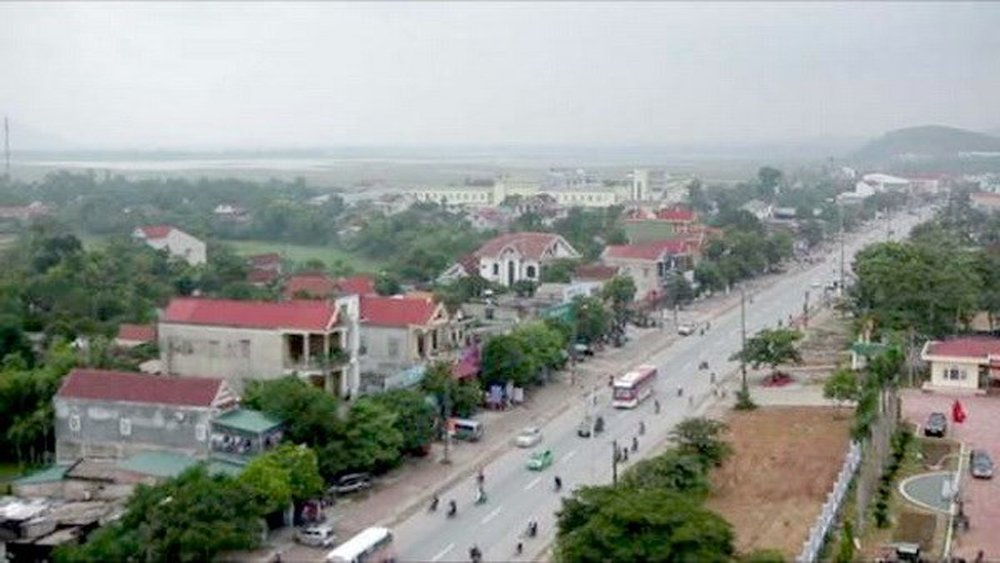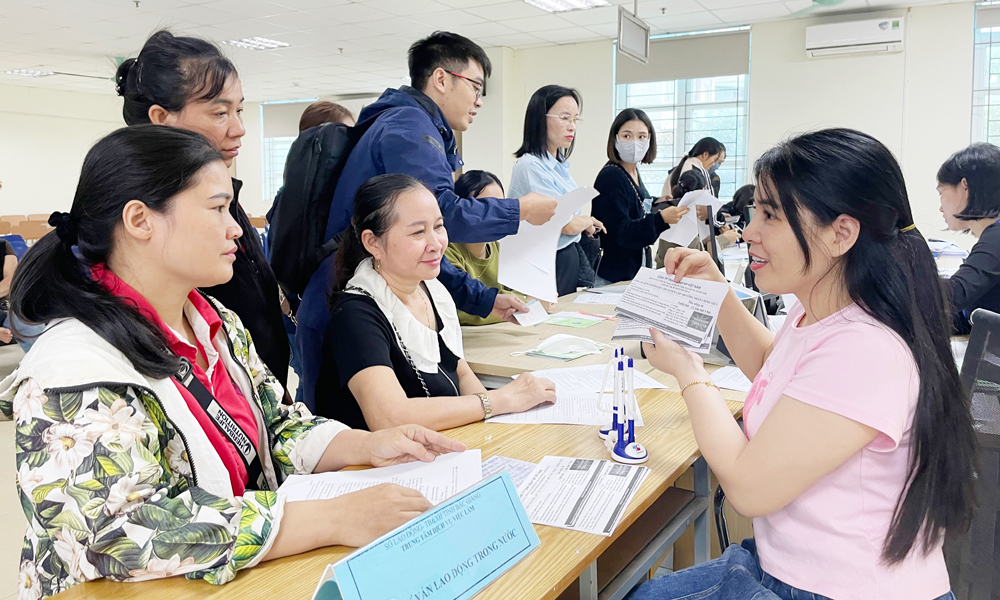WB helps develop urban infrastructure in Vietnam’s provinces
The Dynamic Cities Integrated Development Project aims to increase access to improved urban services in the four urban centres of Ky Anh (Ha Tinh province), Tinh Gia (Thanh Hoa province), Hai Duong (Hai Duong province), and Yen Bai (Yen Bai province). The total cost of the project is 276.17 million USD, of which 194.36 million USD comes from the WB’s International Development Association (IDA).
 |
|
A corner of Ky Anh town. |
Approximately 200,000 residents are expected to benefit directly from project activities, of which more than half are women. In Vietnam, secondary cities are broadly defined as cities with populations ranging from 100,000 to 500,000.
The project will help reduce flood risks, improve sanitation, reduce travel time on new and improved roads, and develop high-quality public spaces. The project will also improve connectivity to Industrial Parks, Export Processing Zones, commercial establishments, and tourist attractions, benefiting workers and merchants as well as visitors.
These improvements in turn are expected to help boost productivity, enable exports, create more jobs, and help generate sustained economic growth.
WB Country Director for Vietnam Ousmane Dione said the secondary cities are playing increasingly important role in Vietnam’s growth poles through efficient movement of goods, people, services and information.
The selected cities have demonstrated their potential to become dynamic economic hubs at the provincial and regional levels, he said, adding that the project will help fill the infrastructure gap by providing much-needed financing to deliver quality services with lessons and best practices gained from WB engagements in other cities around the world.
Uneven access to basic services like drainage systems, wastewater collection and treatment and road networks are seen as major problems in the cities. This has led to increasing traffic congestion, flooding and deterioration or lack of public spaces.
The project will help handle those challenges via both structural and non-structural support, including a series of infrastructure investments in each sub project city, and technical assistance to strengthen the capacities of the cities to adopt a comprehensive and integrated urban planning approach that links physical development to long-term socio-economic strategies, climate change adaptation, and disaster risk management plans.
Source: VNA
 Bắc giang
Bắc giang













Reader's comments (0)